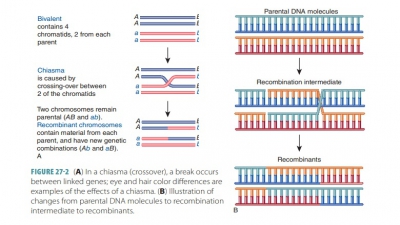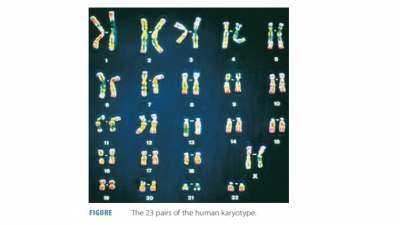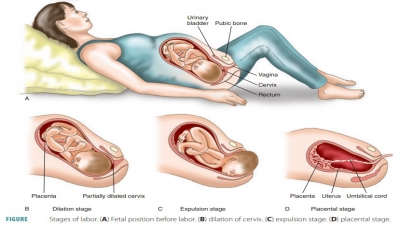Organic Chemistry
Pharmaceutical Chemistry: Organic Chemistry - Covers all topics with images and clear explanation. Study Organic Chemistry Online course, study material, important questions and answers, Notes, textbook.

Chapter 1: Functional Groups and Chemical Bonding
=> Functional Groups
=> Orbitals
=> Bonding Schemes
=> Antibonding Orbitals
=> Resonance
=> Conjugated Π Systems
=> Aromaticity
=> Problems on Functional Groups and Chemical Bonding
Chapter 2: Oxidation States of Organic Compounds
=> Oxidation Levels
=> Oxidation States in Alkanes
=> Oxidation States In Alkenes
=> Oxidation States in Common Functional Groups
=> Oxidation Level Changes During Reactions
=> Problems on Oxidation States of Organic Compounds
Chapter 3: Acidity and Basicity
=> Bronsted and Lewis Acids and Bases
=> Acid Strength
=> Acid-Base Equilibria
=> Amphoteric Compounds
=> Structural Effects on Acidity
=> Solved Problems on Acidity and Basicity
Chapter 4: Curved-Arrow Notation
=> Electron Movement
=> Heterolytic Bond Cleavages
=> Heterolytic Bond Formation
=> Homolytic Bond Making and Bond Breaking
=> Resonance Structures
=> Depiction of Mechanism
=> Solved Problems on Curved-Arrow Notation
Chapter 5: Mechanisms of Organic Reactions
=> Mechanisms of Organic Reactions
=> Activation Energy
=> Activated Complex
=> Reaction Energetics
=> Structure of the Activated Complex
=> Hammond Postulate
=> Reaction Kinetics
=> Determining Activation Energies
=> Isotope Effects
=> Electronic Effects
=> Hammett Equation
=> Solved Problems on Mechanisms of Organic Reactions
Chapter 6: Stereochemical and Conformational Isomerism
=> Stereochemical and Conformational Isomerism
=> Stereochemical Structures
=> Chirality
=> Configuration of Chiral Centers
=> Multiple Stereocenters
=> Optical Activity
=> Absolute Configuration
=> Physical Properties of Enantiomers
=> Resolution of Enantiomers
=> Stereoselective Reactions
=> Formation of Enantiomers
=> Formation of Diastereomers
=> Stereochemistry to Deduce Mechanism
=> Conformational Analysis
=> Conformational Energies
=> A Values
=> Strain in Ring Systems
=> Stereoelectronic Effects
=> Solved Problems on Stereochemical and Conformational Isomerism
Chapter 7: Functional Group Synthesis
=> Functional Group Manipulation
=> Carboxylic Acids
=> Esters
=> Amides
=> Acid Chlorides
=> Aldehydes
=> Ketones
=> Imines and Imine Derivatives
=> Alcohols
=> Amines
=> Alkenes
=> Alkanes
=> Solved Problems on Functional Group Synthesis
Chapter 8: Carbon-Carbon Bond Formation Between Carbon Nucleophiles and Carbon Electrophiles
=> Synthetic Strategy
=> Nucleophilic Carbon
=> Electrophilic Carbon
=> Reactivity Matching
=> Generation of Nucleophilic Carbon Reagents
=> Generation of Electrophilic Carbon Reagents
=> Matching Nucleophiles with Electrophiles
=> Enolates
=> Enolate Regioisomers
=> Diastereoselection in Aldol Reactions
=> Organometallic Compounds
=> Neutral Carbon Nucleophiles
=> C=C Formation
=> Cyclopropanation Reactions
=> Metal-Catalyzed Carbon-Carbon Bond Formation
=> Pd(0)-Catalyzed Carbon-Carbon Bond Formation
=> Olefin Metathesis
=> Solved Problems on Carbon-Carbon Bond Formation Between Carbon Nucleophiles and Carbon Electrophiles
Chapter 9: Carbon-Carbon Bond Formation By Free-Radical Reactions
=> Free-Radical Reactions
=> Free-Radical Polymerization
=> Nonpolymerization Reactions
=> Free-Radical Initiation
=> Free-Radical Cyclization
=> Solved Problems on Carbon-Carbon Bond Formation By Free-Radical Reactions
Chapter 10: Planning Organic Syntheses
=> Retrosynthetic Analysis
=> Carbon Skeleton Synthesis
=> Umpolung Synthons
=> Acetylide Nucleophiles
=> Ring Construction
=> Robinson Annulation
=> Diels-Alder Reaction
=> Homo-Lumo Interactions
=> Stereoelectronic Factors
=> 1,3-Dipolar Cycloadditions
=> Solved Problems on Planning Organic Syntheses
Chapter 11: Structure Determination of Organic Compounds
=> Structure Determination of Organic Compounds
=> Chromatographic Purification
=> Instrumental Methods
=> Nuclear Magnetic Resonance
=> Chemical Shift
=> Spin-Spin Coupling
=> Descriptions of Spin Systems
=> Second-Order Splitting
=> Structure Identification By 1h NMR
=> Carbon-13 NMR
=> Infrared Spectroscopy
=> IR Stretching Frequencies
=> Use of IR Spectroscopy for Structure Determination
=> Mass Spectrometry
=> Fragmentation Processes
=> Solved Problems on Structure Determination of Organic Compounds



